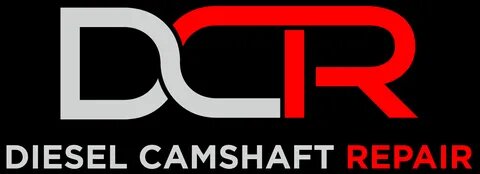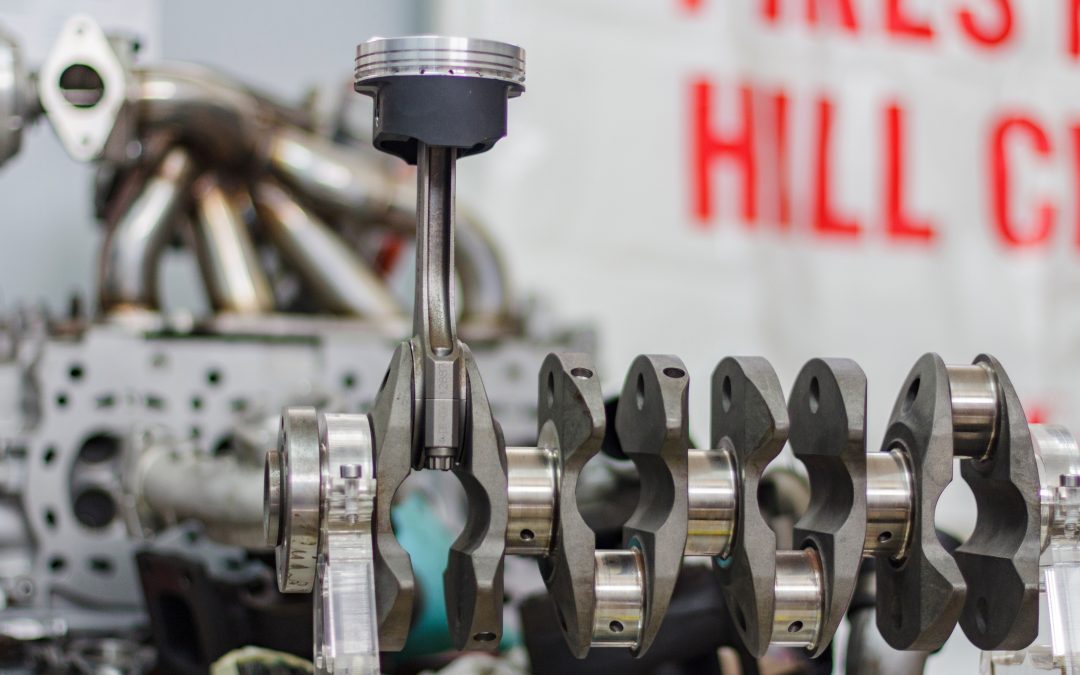Camshafts are vital components in internal combustion engines. They control the timing and operation of engine valves. The manufacturing of camshafts has come a long way, evolving with modern technology. Precision and durability are key factors in the production process. This blog explores different camshaft manufacturing methods. We’ll examine traditional casting, forging, and modern CNC machining. Understanding these techniques shows how technology improves performance. Let’s dive into the fascinating world of camshaft production.
Traditional Casting: The Foundation of Camshaft Manufacturing
Casting is one of the oldest camshaft production methods. This process involves pouring molten metal into molds. These molds are designed to form the shape of the camshaft. After cooling, the metal hardens, creating the base structure. This method is cost-effective for large-scale production. It is often used for producing stock camshafts in standard vehicles. While casting is economical, it has limitations in precision. Modern machining processes are often needed to refine cast camshafts.
Precision is crucial in camshaft performance. Any imperfections can affect valve timing and engine efficiency. To address this, post-casting processes are critical. Grinding and polishing help improve surface finish and accuracy. Despite its limitations, casting remains a reliable method. It’s widely used due to its cost and scalability. Casting paved the way for advancements in camshaft production. However, newer methods offer greater accuracy and strength.
Forging: Enhancing Strength and Durability
Forging is another traditional camshaft manufacturing technique. It involves shaping metal using compressive forces. Heated metal is pressed into dies, creating the desired camshaft shape. Forged camshafts are stronger than cast ones. This makes them ideal for high-performance or heavy-duty engines. The forging process aligns the metal’s grain structure. This increases durability and resistance to wear and tear.
Despite its strength, forging has its challenges. The process requires precise equipment and skilled labor. It is also more expensive than casting. However, the benefits outweigh the costs for certain applications. Forged camshafts can handle higher stress levels. This is why they’re popular in motorsports and industrial machinery. As technology advances, forging processes are becoming more efficient. This allows for greater precision and reduced waste.
CNC Machining: The Pinnacle of Precision
Computer Numerical Control (CNC) machining revolutionized camshaft production. CNC machines use computer programs to control cutting tools. These tools shape the camshaft with incredible precision. CNC machining starts with a raw metal blank. The machine gradually removes material to create the camshaft’s intricate contours. This method achieves unparalleled accuracy, meeting strict tolerances.
CNC machining offers several advantages over traditional methods. First, it allows for complex designs that were once impossible. Engineers can optimize cam profiles for specific performance goals. Second, CNC machining reduces human error. Automated processes ensure consistency across large production runs. Finally, this method produces smoother surfaces. This improves the camshaft’s performance and reduces friction.
Modern CNC machines integrate advanced technologies. These include laser measurements and real-time monitoring. Such innovations further enhance precision and efficiency. CNC machining is also more sustainable. It reduces material waste and energy consumption. For custom or high-performance camshafts, CNC machining is the preferred method.
The Role of Material Selection in Camshaft Manufacturing
Material selection plays a crucial role in camshaft production. Different materials offer varying levels of strength, weight, and durability. Common materials include cast iron, steel, and billet alloys. Cast iron is popular due to its affordability and machinability. However, it may not withstand extreme stress as well as other materials.
Steel offers greater strength and durability. Forged steel camshafts are common in high-performance engines. Billet alloys take things a step further. These materials are lightweight yet incredibly strong. They are often used in racing applications. Choosing the right material depends on the engine’s requirements. Manufacturers balance cost, performance, and durability to select the ideal option.
Advances in metallurgy have expanded material options. New alloys and treatments improve camshaft performance. These materials resist wear, handle higher loads, and reduce friction. Proper material selection ensures the camshaft meets engine demands. It also enhances the lifespan and reliability of the component.
How Technology is Transforming Camshaft Production
Modern technology has transformed camshaft manufacturing. Innovations like CAD (Computer-Aided Design) streamline the design process. Engineers can create precise models before production begins. This reduces errors and speeds up development. Simulation software further improves efficiency. It allows engineers to test designs in virtual environments.
Automation is another game-changer in camshaft production. Robotic systems handle tasks like machining, assembly, and inspection. This ensures consistency and reduces production time. Laser technology is also making an impact. It is used for measuring camshaft dimensions with extreme accuracy. Such tools ensure every piece meets quality standards.
Additive manufacturing, or 3D printing, is an emerging trend. While not yet common in camshaft production, it shows potential. 3D printing could enable rapid prototyping and custom designs. As technology advances, we may see more innovative applications in this field. These innovations make camshaft manufacturing more precise and efficient. They also allow for greater customization to meet specific engine needs.
Balancing Cost, Precision, and Performance
Each camshaft manufacturing method has its pros and cons. Casting is cost-effective for mass production but lacks precision. Forging offers strength and durability but comes at a higher cost. CNC machining delivers unmatched accuracy but requires advanced equipment. Manufacturers choose methods based on application requirements. High-performance engines prioritize precision and strength. Standard vehicles balance cost and functionality.
The manufacturing process impacts camshaft performance and lifespan. It also affects the overall cost of the engine. By selecting the right method, manufacturers optimize value for customers. Technology continues to bridge the gap between cost and precision. This allows for better camshafts at competitive prices. Balancing these factors ensures the best results for various applications.
Conclusion
Camshaft manufacturing has evolved significantly over the years. From traditional casting and forging to advanced CNC machining, each method serves a purpose. Modern technology has improved precision, durability, and efficiency. Material selection further enhances performance and longevity. As the industry advances, we can expect even more innovative techniques. Camshafts will continue to play a critical role in engine performance. Understanding these production methods highlights the craftsmanship behind every engine’s heart.

